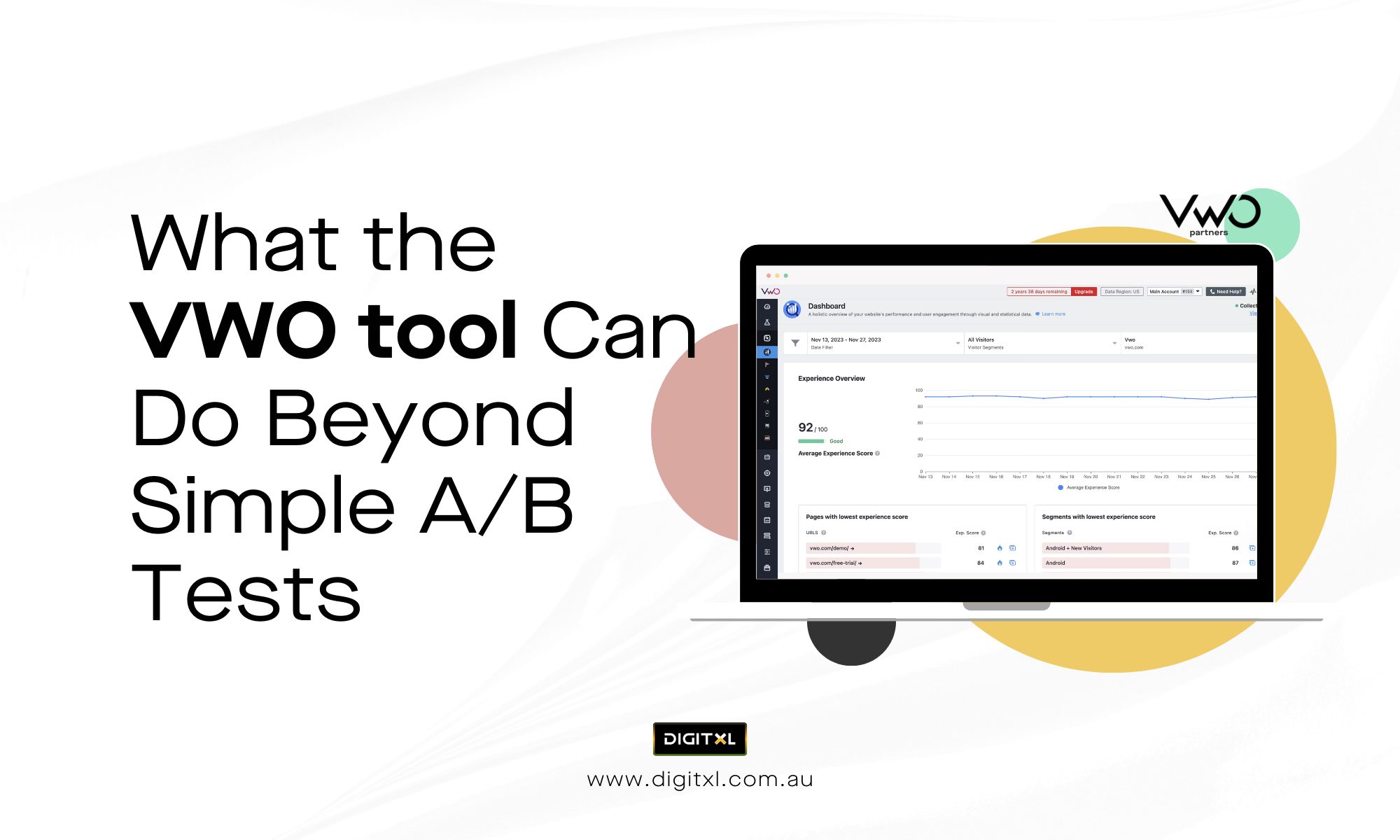- CRO
Is Google Up to Something? The April 2025 Algorithm Mystery Unpacked
23 Apr 2025
Have your rankings suddenly dropped without warning? You’re not alone — and Google hasn’t provided any official answers.
Throughout April 2025, business owners and SEO teams have reported noticeable declines in impressions, organic traffic, and search positions. The confusing part? Google hasn’t announced any new core update during this time.
So, what’s actually going on — and when should you consider leaning on a Analytics agency or SEO agency to help diagnose the damage?
So, what’s actually going on?
1. The “Ghost Update” Theory
Many in the SEO community are calling it a ghost update — an unconfirmed algorithm tweak that’s quietly affecting how websites are ranked.
Another likely explanation: this is still the aftershock of the March 2025 Core Update, which rolled out between 13 March and 27 March 2025. It was a major shift, and its effects may still be working through Google’s systems.

2. What Did the March 2025 Core Update Target?
Here’s a breakdown of the key areas the March update focused on:
- Thin or low-value content – especially duplicated or auto-generated text that lacks depth or originality
- “Parasite SEO” tactics – publishing third-party content on high-authority sites purely for ranking gains
- Author credibility and topic authority – particularly on YMYL (Your Money or Your Life) topics, where Google is now giving even more weight to E-E-A-T: Experience, Expertise, Authoritativeness, and Trustworthiness.
- Poor user experience – including slow load speeds, confusing navigation, cluttered layouts, or intrusive page elements

3. Dropped in Rankings? Here’s What You Can Do
If your site has seen a dip, resist the urge to overhaul everything. A better approach is to focus on small, strategic improvements that address content quality, trust, and usability.
3.1 Rework or Remove Thin Content
Low-value pages can weaken the overall quality signals of your site.
- Update outdated blogs or product pages with fresh data or insights
- Add original examples, case studies, or analysis that speaks to your audience
Remove content that no longer serves a purpose or lacks user intent alignment
3.2 Strengthen Author Signals (Showcasing E-E-A-T)
If your business operates in a sensitive space — such as finance, health, legal, e-commerce, or tech — establishing real credibility is crucial. Here’s how you can demonstrate it clearly:
- Add detailed author bios that include credentials, professional roles, and experience
- Link to verifiable external profiles (e.g. LinkedIn, GitHub, medical directories, financial bodies)
Include real-world examples, case studies, or peer-reviewed references
Examples by Industry:
- Health: Articles written or reviewed by certified practitioners; citations from organisations like TGA or WHO
- Finance: Authored by professionals with CPA or CFA credentials; references to market data or compliance standards
- E-commerce: Content by product managers or founders; genuine product reviews, sourcing transparency, or buyer guides
- Tech: Posts by developers or engineers; real screenshots, product demo insights, or performance testing data
These signals help build both search engine and user trust — and they go far beyond surface-level content fixes.
3.3 Review Third-Party Content
If your site has hosted guest blogs, sponsored content, or affiliate articles in the past:
- Audit and remove anything that no longer aligns with your brand or core focus
- Consolidate your site’s topical authority by publishing content tightly focused on your niche
3.4 Improve Technical Health and Site Experience
Minor technical issues can undermine a site that otherwise has good content.
- Run a Core Web Vitals test to spot issues like layout shifts, interaction delays, or slow load speeds
- Ensure your website performs well across mobile devices
Avoid intrusive pop-ups, autoplay elements, or hard-to-navigate layouts that frustrate users
3.5 Improve On-Page Engagement
Google’s ranking systems continue to reward content that users interact with and find useful.
- Include images, short videos, charts, or comparison tables where they support the topic
- Link internally to related pages to increase session duration and guide user flow
Use scroll tracking, exit rate reports, and feedback tools to understand drop-off points and adjust accordingly
4. Is There an April Update in Disguise?
Possibly. While there has been no official confirmation from Google, ranking volatility through April suggests that Google’s systems may still be recalibrating the March changes — or gradually applying refinements.
In many cases, what you’re seeing now is part of an extended assessment period. Treat April as a continuation of March — and adjust accordingly.
5. Final Thoughts from the DigitXL Team
Whether this is an undisclosed April update or just the tail-end of March’s core shift, it’s clear that SEO in 2025 is about more than rankings — it’s about reputation.
At DigitXL, we don’t just run audits. We’ve helped brands like Penfolds, EnergyAustralia, and Rip Curl recover visibility through smart, evidence-led strategy — not guesswork. Our team combines technical SEO, content performance, and business context to guide meaningful improvements.
If your traffic’s down and the answers aren’t clear — let’s uncover the ‘why’ together.
6. FAQ
6.1 Why did my rankings drop when there’s no new update?
A. You’re likely still seeing the effects of the March Core Update, which concluded on 27 March. Google may also be running quiet tweaks to fine-tune quality signals.
6.2 How do I know if I was affected?
A. Check Google Search Console and Analytics between mid-March and late April. Look for performance drops across core pages and changes in impressions or CTR.
6.3 Should I redesign my entire site?
A. No — avoid overhauls. Focus on updating thin content, reinforcing author credibility, and making sure your site is technically sound.
6.4 What types of content are most vulnerable?
A. Pages that are poorly written, duplicated, AI-filled without context, or written without visible expertise — especially in health, finance, and legal categories.
6.5 When will my rankings recover?
A. That depends on your updates and how frequently your site is crawled. If improvements are aligned with E-E-A-T and usability, recovery may begin within weeks, though full impact may take longer.





